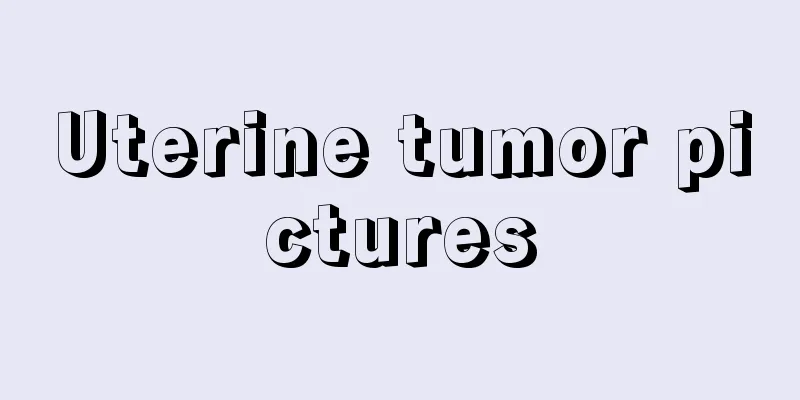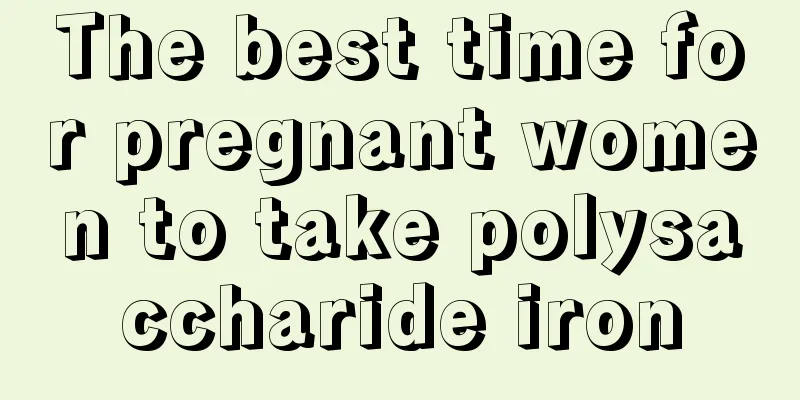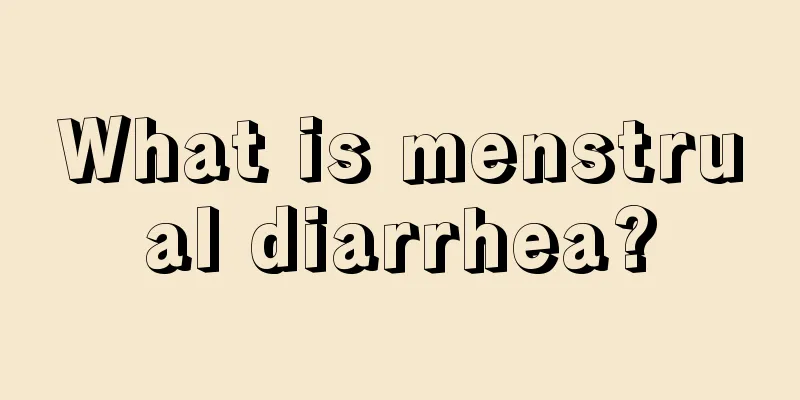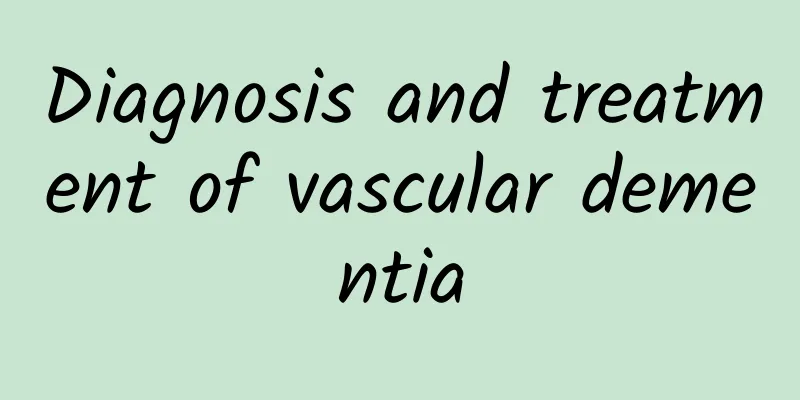Lochia after cesarean section is not completely gone, which is very harmful

|
Nowadays, many women, especially older women, choose to have a cesarean section in order to reduce the pain of childbirth. After the cesarean section, women must pay attention to the discharge of lochia, otherwise it will be very detrimental to the mother's recovery. Many women do not understand its harm and always do not pay attention to it. The following will introduce to you the dangers of lochia after cesarean section! Generally speaking, postpartum lochia will last for about three weeks before it stops, which is 21 days on average, and can be as short as 14 days or as long as six weeks. If it lasts longer, there may be a problem. Both cesarean section and natural birth may cause retained lochia. Retained lochia is related to the mother's postpartum recovery and whether she breastfeeds. Women who have delivered by cesarean section are particularly prone to prolonged lochia. Lochia uncleanness has a great impact on the body of parturients. Its main hazards are: 1. If lochia does not stop after delivery, it may cause local or systemic infection, and in severe cases may lead to sepsis. Therefore, if lochia does not stop after delivery, especially after cesarean section, you need to seek medical treatment in time, otherwise it may affect the life of the mother. 2. If lochia is not eliminated, it may cause the cesarean section incision to become infected, rupture, or heal poorly. If allowed to develop, it may lead to the need for uterine removal, causing serious harm to the health of the mother. Therefore, if lochia does not stop, you should seek medical attention immediately. 3. The most important thing to pay attention to when lochia does not stop is late postpartum bleeding, or even heavy bleeding, which can endanger the life of the mother. Therefore, you must pay attention to lochia that does not stop. You must not ignore it and must seek medical attention in time after discovery to eliminate the possibility of adverse consequences. The above are the three major dangers of lochia retention, which postpartum mothers should not ignore. If lochia retention occurs after cesarean section, timely medical treatment is needed, and the disease must not be delayed. |
<<: How to give birth quickly? Do you do it this way?
>>: Can women eat sour food during menstruation?
Recommend
The best way to enlarge your breasts naturally
As women grow and develop, some female characteri...
If you experience these 5 symptoms, be alert that it may be cataracts!
Cataracts are a blinding crisis that everyone may...
Foods that increase menstrual flow
Many people want to reduce the amount of menstrua...
What is the germ yolk sac?
Many people have heard of the germ yolk sac. It i...
Do women need to fast for blood test?
Whenever we have a blood test, the doctor will as...
Why do I feel itchy all over my body when I am eight months pregnant?
After pregnancy, due to the influence of hormones...
How are vegetables kept fresh in the market? What are the recommended methods for keeping vegetables fresh at home?
In life, many people find that the vegetables the...
What does it mean to dream about being pregnant?
What does it mean to dream that you are pregnant?...
There is melanin on the back of girls
Important reminder: The presence of melanin depos...
Where should I cup my belly to lose weight?
Most people are very worried when losing weight. ...
How to take good care of your skin during menstruation
We all know that women are in a special state dur...
Why do most women want to turn red?
Although black is a healthy color for female areo...
Is it better to have teratoma by surgery or minimally invasive surgery?
If you suffer from teratoma, you need to undergo ...
What are the symptoms of gynecological adnexitis
Adnexitis, a gynecological disease, is very harmf...
Does Baofukang suppository have serious side effects?
Many female friends choose Baofukang suppositorie...









